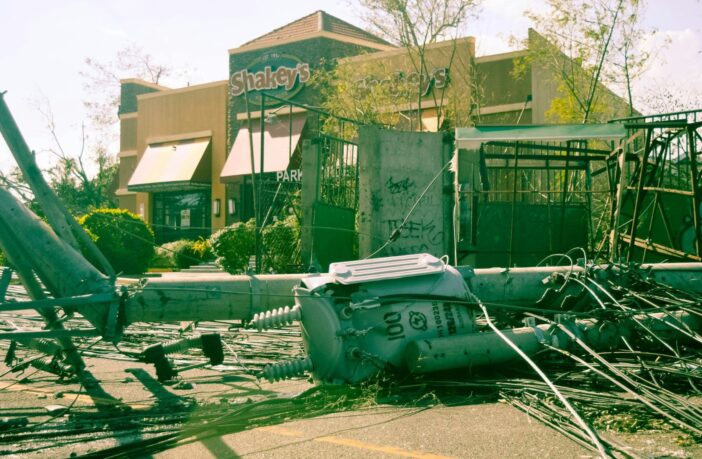By Megan Sayles
AFRO Business Writer
msayles@afro.com
As climate change continues to escalate extreme weather events, like heat waves, hurricanes, flooding and wildfires, it has also magnified the importance of entrepreneurs having a plan in place to withstand business interruptions brought on by unexpected calamities with little to no warning.
In the face of natural disasters, extreme weather events and global pandemics, it’s vital for businesses to have a plan to defend against and recover from disaster. The Small Business Administration (SBA) recently released a new Business Resilience Guide to help entrepreneurs craft their plans.
The U.S. Small Business Administration (SBA) recently unveiled a new Business Resilience Guide to help business owners prepare. The handbook outlines best practices and supplies templates to help entrepreneurs curb and bounce back from crises.
“Small businesses are vital to local economies—creating jobs and providing essential products and services, which is why the SBA is committed to ensuring they can survive and recover quickly from natural and other disasters,” said SBA Administrator Isabel Guzman in an Aug. 2 release. “At a time of increasing economic impacts from climate change and natural disasters, SBA’s new Business Resilience Guide equips business owners with the tools and strategies they need to strengthen their operations and preparedness, recover from disruption and build resilience.”
The AFRO compiled some of the best tips from the new guide below.
Establishing a baseline
Begin crafting your resilience plan by cataloging the condition of your business in normal times.
Take inventory. Determine equipment, supplies and technology that are essential to your business operations.
Identify which equipment, supplies and technology are replaceable, how long it will take for them to be replaced and come up with a list of alternatives.
Think about whether your equipment and supplies can be moved or kept inside for protection in case of extreme weather or whether they would need to be relocated.
Make a detailed list of your critical business functions, ordering them from most essential to least. The level of importance will depend on how often you execute each function.
Consider the results of certain functions not taking place and determine bypasses and adjustments to reduce the effects of disruptions to your operations.
Conduct a vulnerability assessment by identifying what threats you’re most likely to be exposed to. Research the frequency and severity of past weather events and natural disasters to inform your evaluation.
Keeping track of key relationships
Maintain a current list of your employees, insurance agent, accountant and attorney with their contact information. The list should be kept digitally and in print.
Involve employees in disaster planning. Especially for bigger businesses, employees in niche departments may have more insight into how certain operations may be impacted.
Determine how you will check in with employees after disaster strikes.
Ensure every employee knows what protocols are in place in the face of disasters.
Evaluate your supply chain and determine how unforeseen hazards may interrupt its flow.
Make a list of alternative suppliers and include those in areas that would not be impacted by the same disaster.
Ensure your suppliers have resilience plans themselves.
Protecting your resources
If you can, invest in strengthening your facilities after determining what could be damaged by disasters.
Try to determine what utilities may need to be turned off to prevent fires during emergencies.
Defend your data from cyber attacks. Train your employees in cybersecurity, utilize antivirus software, secure your internet connection with a firewall and hide your Wi-Fi network.
Back up your data regularly to the cloud storage or USB drives, but maintain physical copies in case of power or internet outages.
Managing your financials
Know the details of your insurance plan. Talk to your agent about coverage limits, exclusions and deductibles as some policies may not cover flooding and earthquakes or business interruptions and extra expenses.
Ensure there are no gaps in coverage.
Regularly update your business records and have an action plan to turn to if your business closes temporarily.
If possible, reserve three to 12 months of emergency cash or try to acquire a line of credit.
Discuss extensions on bills during disasters.
Set up an automatic payroll system and ensure your employees know how they will be paid during emergencies.
![]()
Megan Sayles is a business reporter for The Baltimore Afro-American paper. Before this, Sayles interned with Baltimore Magazine, where she wrote feature stories about the city’s residents, nonprofits…
More by Megan Sayles AFRO Business Writer



